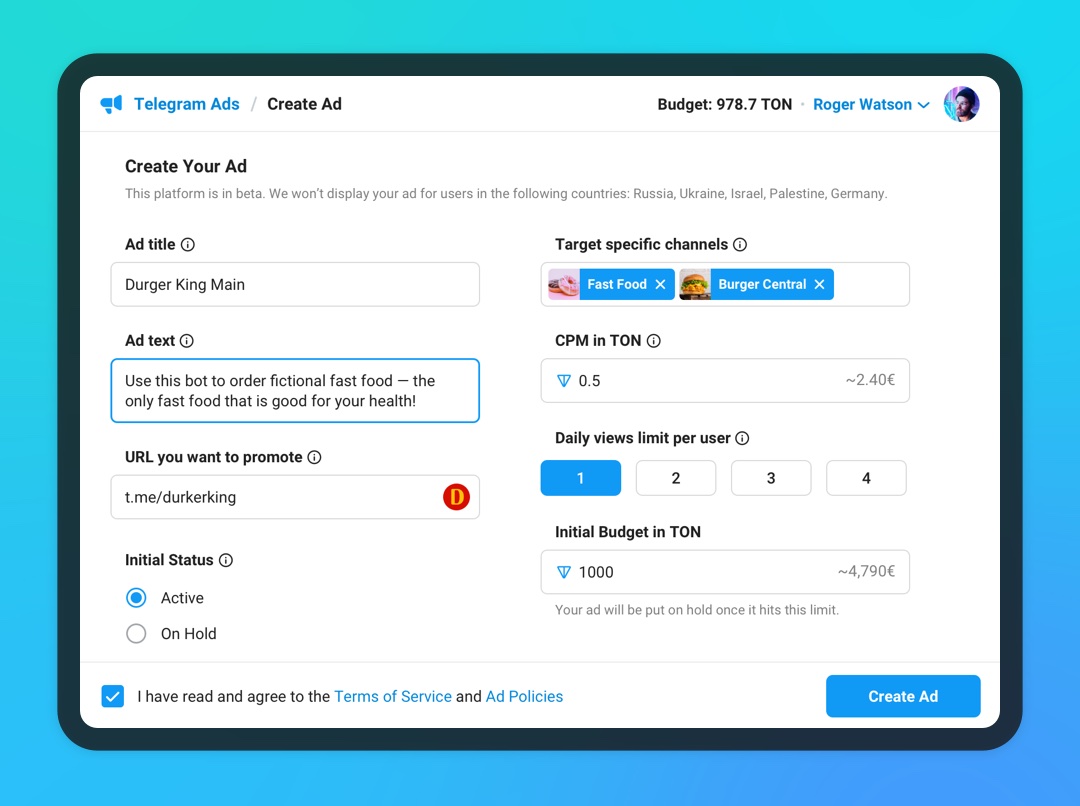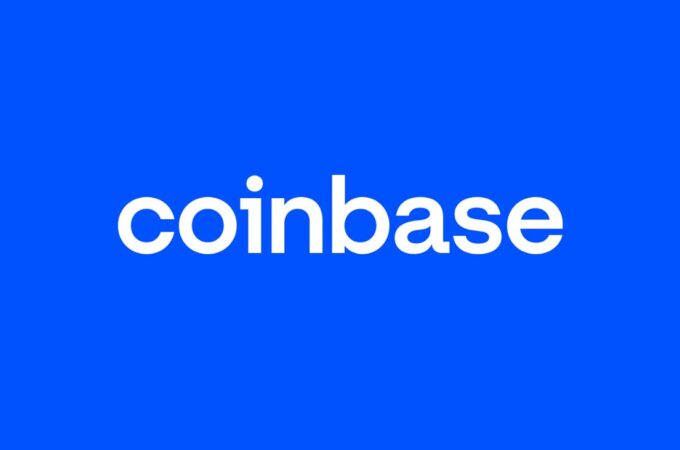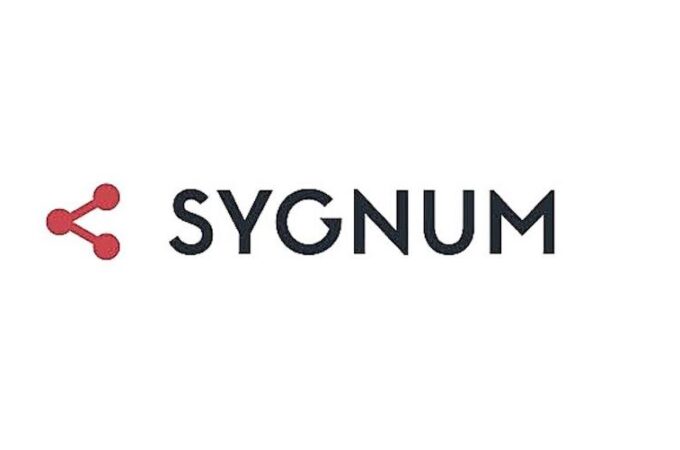
Telegram Unveils Toncoin-Powered Ads for User Monetization
Telegram, the popular messaging app, is transforming the landscape of social media advertising with its latest announcement introducing Toncoin-powered in-platform advertisements. This move represents a significant leap forward in user monetization, offering a generous revenue-sharing model that benefits content creators.
The essence of this development lies in Telegram’s decision to enable users to purchase advertisements within the platform using Toncoin, the native currency of the TON Blockchain. Channel owners with at least 1,000 subscribers can now earn 50% of the ad revenue generated from their channels, marking one of the most creator-friendly reward systems in social media history.
The integration of Toncoin for in-platform advertising aligns with Telegram’s commitment to empowering content creators and enhancing user monetization opportunities. Users can now promote their channels by spending Toncoins, with the flexibility to select specific channels for their ads. Moreover, channel owners have the privilege to withdraw their earnings without incurring any fees, providing them with financial flexibility and control over their revenue.
This innovative approach that benefit not only content creators but also advertisers, who can now leverage Toncoin-based advertising to promote their bots or channels. With budgets accessible to even casual users, this opens up new avenues for advertising within the Telegram ecosystem. Advertisers also enjoy granular control over their ad placements, allowing them to choose the exact channels where their ads will appear.
What sets Telegram Ads apart is their unwavering focus on privacy. Unlike traditional social media advertising that relies on tracking user data, Telegram ads are displayed contextually within relevant channels without compromising user privacy. This approach stands in stark contrast to the data-driven advertising prevalent on many other platforms, making Telegram Ads a compelling alternative for both users and advertisers.





